Introduction:
In recent years, a new and exciting field called regenerative dentistry has been making waves in oral healthcare. This innovative approach offers a fresh way to repair and regrow natural tooth structures, changing the way we think about traditional dental treatments. In this easy-to-understand guide, we’ll explore what regenerative dentistry is, the techniques it uses, its benefits, and how it’s transforming oral health.
What is Regenerative Dentistry?
Regenerative dentistry involves advanced methods that encourage the body’s natural healing abilities to fix and regrow damaged or missing dental tissues. Unlike traditional dental treatments that mainly focus on managing problems or replacing damaged parts with artificial materials, regenerative dentistry aims to use the body’s own mechanisms to restore oral health in a more natural and lasting way.
Key Parts of Regenerative Dentistry:
Regenerative dentistry includes several cutting-edge techniques. Let’s look at the main ones:
1. Stem Cell Therapy
One of the most important parts of regenerative dentistry is stem cell therapy. Stem cells are special cells that can turn into different types of cells in the body. This ability makes them perfect for repairing damaged dental tissues like tooth enamel, dentin, and pulp.
By using stem cells, dentists can help repair and restore damaged teeth naturally. This method is more gentle and compatible with the body compared to traditional treatments that might use metal or plastic parts.
2. Tissue Engineering
Tissue engineering is another crucial aspect of regenerative dentistry. It involves creating special structures called biomimetic scaffolds and matrices that support the growth and development of dental tissues. These scaffolds act like a 3D framework, similar to the natural environment of dental tissues, helping cells stick, grow, and form new tissue.
By combining stem cells with materials like hydrogels, ceramics, or polymers, researchers can create custom structures tailored to each patient’s needs. This allows for targeted tissue regeneration and functional restoration of damaged areas.
3. Platelet-Rich Plasma (PRP) Therapy
Platelet-Rich Plasma (PRP) therapy is another promising technique used in regenerative dentistry to speed up tissue healing and growth. PRP is made from the patient’s own blood and contains a high concentration of platelets, growth factors, and cytokines. These components are essential for tissue repair and regeneration.
When PRP is applied to a dental injury or surgery site, it attracts stem cells and encourages the formation of new blood vessels. This accelerates healing and improves tissue regeneration. PRP therapy is minimally invasive and safe, making it an effective way to enhance various dental procedures like tooth extraction, implant placement, and gum surgery.
How Regenerative Dentistry is Used?
Regenerative dentistry can be applied in several areas of dental care. Here are some key applications:
1. Treating Dental Trauma
Dental trauma, such as broken, cracked, or completely displaced teeth (avulsion), can be effectively treated with regenerative dentistry. By using stem cells and biomaterials, dentists can repair and regrow damaged dental tissues, restoring both the shape and function of the affected teeth.
2. Managing Periodontal Disease
Periodontal disease is a common issue characterized by inflammation and infection of the gums and the structures supporting the teeth. Traditional treatments focus on managing symptoms and preventing the disease from worsening, often through procedures like deep cleaning or surgery.
Regenerative dentistry offers a more proactive approach by promoting the regrowth of damaged periodontal tissues, including gums, periodontal ligaments, and jawbone. Techniques like guided tissue regeneration (GTR) and platelet-rich fibrin (PRF) therapy help stimulate the body’s natural healing processes to repair and regenerate the affected tissues, restoring gum health and function.
3. Enhancing Dental Implants
Dental implants are a popular solution for replacing missing teeth due to their durability, stability, and natural appearance. However, placing implants requires sufficient bone volume and density, which can be a challenge for patients with bone loss or defects.
Regenerative dentistry provides innovative solutions to these challenges by promoting bone growth and improving the integration of dental implants with the jawbone, a process known as osseointegration. Techniques like bone grafting, sinus augmentation, and growth factor therapy help regenerate bone tissue and create an optimal environment for implant placement, increasing the long-term success and stability of dental implants.
Benefits of Regenerative Dentistry:
Regenerative dentistry offers numerous advantages over traditional dental treatments. Here are some of the key benefits:
1. Natural Tissue Repair
Unlike conventional treatments that use artificial materials or prosthetic devices, regenerative dentistry leverages the body’s own healing mechanisms to naturally repair and regrow dental tissues. This means that new cells and tissues are produced to replace the damaged ones, closely mimicking their original structure and function.
2. Biocompatibility
Many regenerative therapies use materials derived from natural sources or the patient’s own tissues. This minimizes the risk of adverse reactions or immune responses, making these treatments safer and more compatible with the body. The biocompatible approach reduces the chances of complications or side effects that are often associated with synthetic materials or foreign implants.
3. Preservation of Healthy Tissues
Traditional dental treatments may sometimes require the removal of healthy tissues to fit prosthetic devices or fillings. In contrast, regenerative dentistry focuses on preserving and restoring the natural integrity of the teeth and surrounding structures. By encouraging tissue regeneration and repair, these techniques help conserve healthy dental tissues, maintaining the overall health and function of the mouth.
4. Improved Treatment Outcomes
Research has shown that regenerative dentistry can lead to better treatment outcomes compared to conventional methods. Patients often experience improved healing, less discomfort after procedures, and greater long-term stability of the treatments. By utilizing the body’s regenerative potential, dentists can achieve more predictable and lasting results, enhancing the overall quality of care.
The Process of Regenerative Dentistry:
Understanding how regenerative dentistry works can help you appreciate its benefits. Here’s a simple overview of the typical process:
- Assessment and Planning: The dentist evaluates the patient’s oral health and determines the best regenerative approach based on the specific needs and condition of the teeth and surrounding tissues.
- Stem Cell Collection: If stem cell therapy is needed, stem cells are harvested from the patient’s own tissues, such as bone marrow or dental pulp.
- Preparation of Biomaterials: Biomimetic scaffolds and other materials are prepared to support the growth of new dental tissues.
- Application of PRP or PRF: Platelet-Rich Plasma or Platelet-Rich Fibrin may be applied to the treatment site to promote healing and tissue regeneration.
- Implantation and Regeneration: Stem cells and biomaterials are placed in the affected area, where they work together to regenerate the damaged tissues.
- Monitoring and Follow-Up: The dentist monitors the healing process and ensures that the regenerated tissues are developing correctly.
Who Can Benefit from Regenerative Dentistry?
Regenerative dentistry can benefit a wide range of patients, including:
- Individuals with dental trauma: Those who have experienced tooth fractures, cracks, or avulsions.
- Patients with periodontal disease: Individuals suffering from gum disease and the associated loss of supporting tissues.
- Those needing dental implants: Patients who require implants but have insufficient bone density or volume.
- People seeking natural dental solutions: Individuals who prefer treatments that use the body’s natural healing processes over artificial materials.
Potential Challenges and Considerations:
While regenerative dentistry holds great promise, it’s important to consider potential challenges:
- Cost: Advanced regenerative treatments can be more expensive than traditional dental procedures.
- Availability: Not all dental clinics offer regenerative dentistry services, as the techniques require specialized training and equipment.
- Research and Development: While many regenerative techniques are effective, ongoing research is needed to fully understand their long-term outcomes and optimize their applications.
- Patient Suitability: Not all patients may be suitable candidates for regenerative treatments, depending on their overall health and specific dental conditions.
The Future of Regenerative Dentistry:
Regenerative dentistry is a rapidly evolving field with the potential to revolutionize oral healthcare. As research continues to advance, we can expect to see more refined techniques and broader applications of regenerative methods. This progress promises to make dental treatments more natural, effective, and sustainable, improving the quality of life for countless individuals.
Frequently Asked Questions (FAQs) :
1. What is regenerative dentistry?
Regenerative dentistry is an advanced field that focuses on repairing and regrowing damaged dental tissues using the body’s natural healing abilities, stem cells, and specialized materials, rather than relying solely on artificial replacements.
2. How does stem cell therapy work in dentistry?
Stem cell therapy involves collecting stem cells from the patient’s own body and using them to regenerate damaged dental tissues like enamel, dentin, and pulp. These stem cells can transform into the necessary cell types to repair and restore the teeth naturally.
3. What are the benefits of regenerative dentistry over traditional treatments?
Regenerative dentistry offers natural tissue repair, better biocompatibility, preservation of healthy tissues, and improved long-term outcomes. It uses the body’s own healing mechanisms, reducing the need for artificial materials and minimizing the risk of adverse reactions.
4. Is regenerative dentistry safe?
Yes, regenerative dentistry is generally safe, especially when using the patient’s own cells and tissues. Techniques like PRP therapy use components derived from the patient’s blood, reducing the risk of immune reactions or infections.
5. Who is a good candidate for regenerative dentistry?
Good candidates include individuals with dental trauma, periodontal disease, those needing dental implants with insufficient bone density, and anyone seeking natural dental repair solutions. A dentist can assess your specific needs to determine suitability.
6. How long does it take to see results from regenerative dentistry treatments?
The time to see results can vary depending on the specific treatment and individual healing processes. Some patients may notice improvements within weeks, while others might take several months for full tissue regeneration and restoration.
7. Are there any risks associated with regenerative dentistry?
As with any medical procedure, there are potential risks, such as infection or inflammation. However, using the patient’s own cells and tissues generally minimizes these risks. It’s important to discuss any concerns with your dentist before undergoing treatment.
8. How much does regenerative dentistry cost?
The cost of regenerative dentistry can vary widely based on the specific treatment, the materials used, and the geographic location of the dental practice. It is often more expensive than traditional treatments, but many patients find the long-term benefits and natural outcomes worthwhile.
9. Can regenerative dentistry replace all traditional dental treatments?
While regenerative dentistry offers many advantages, it may not replace all traditional dental treatments. It complements existing methods and is particularly effective for specific conditions where natural tissue repair is possible and beneficial.
10. Where can I find a dentist who offers regenerative dentistry?
Regenerative dentistry is a specialized field, so not all dentists offer these services. It’s best to research dental clinics in your area, check for specialists in regenerative techniques, and consult with your dentist about the available options.
Conclusion
Regenerative dentistry is transforming the way we approach oral healthcare. By focusing on the body’s natural ability to heal and regenerate, this innovative field offers safer, more effective, and longer-lasting dental treatments. Whether dealing with dental trauma, periodontal disease, or the need for implants, regenerative dentistry provides promising solutions that preserve natural tissues and enhance overall oral health.
As research and technology continue to advance, regenerative dentistry is set to become an integral part of dental care, offering patients a brighter and healthier future for their smiles. If you’re interested in exploring regenerative dental options, talk to your dentist to see how these cutting-edge techniques can benefit your oral health.
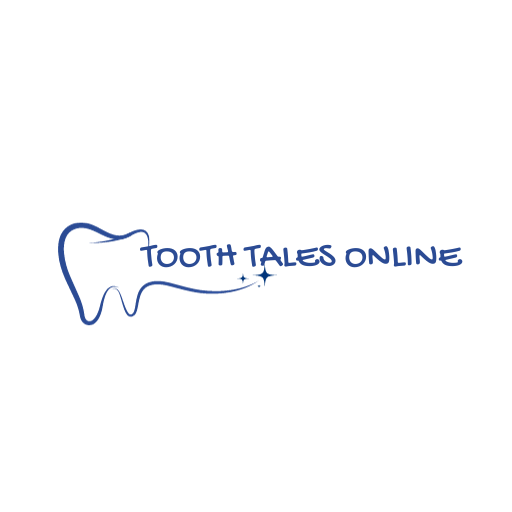
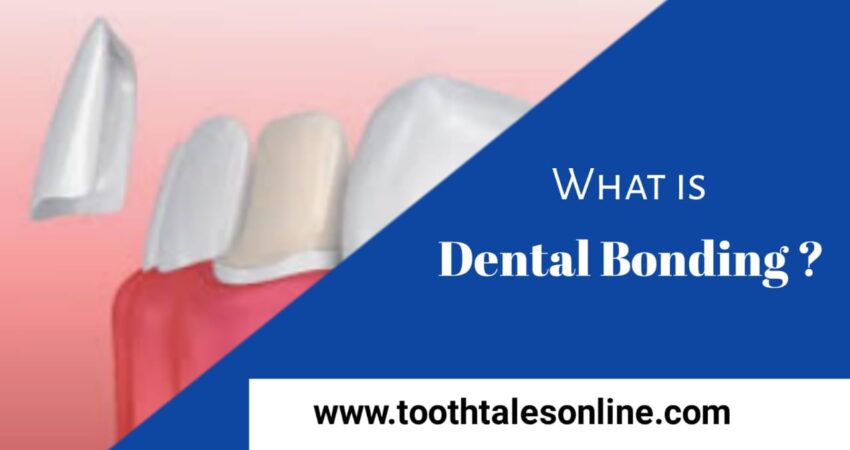
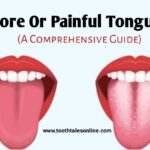
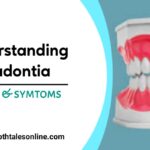
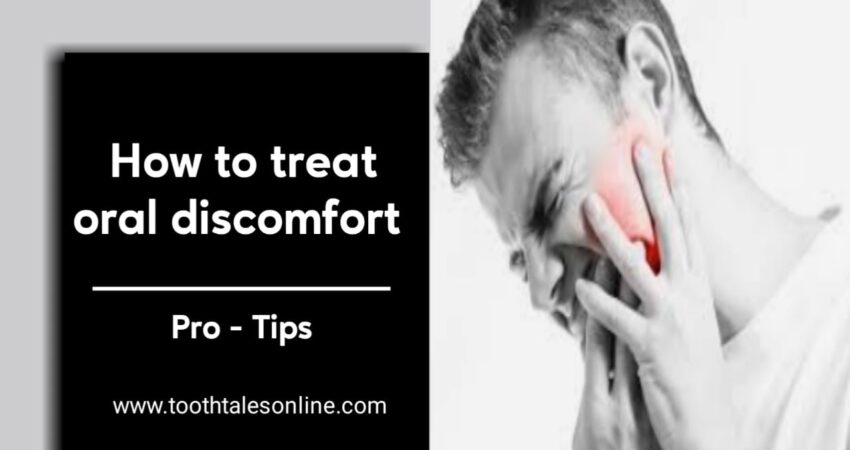
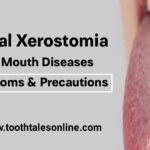
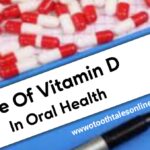
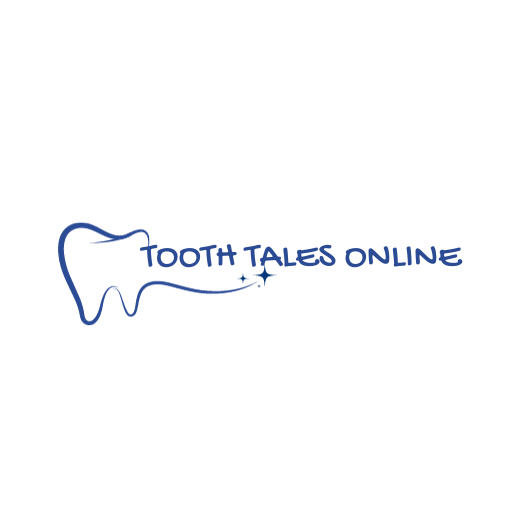
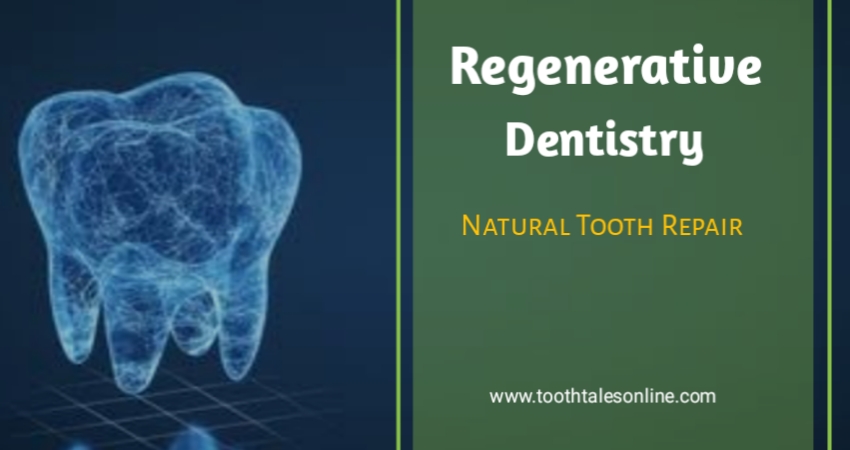
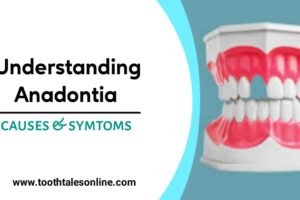

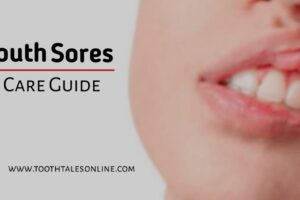










Add Comment